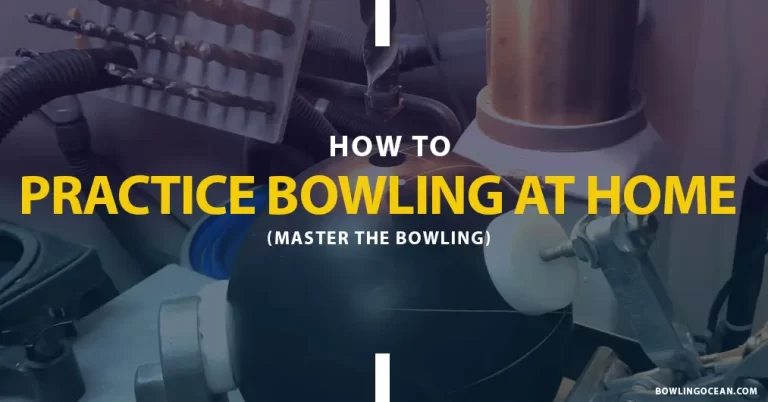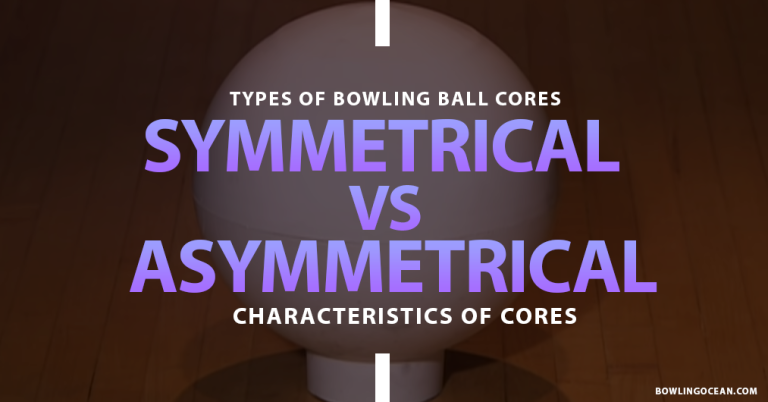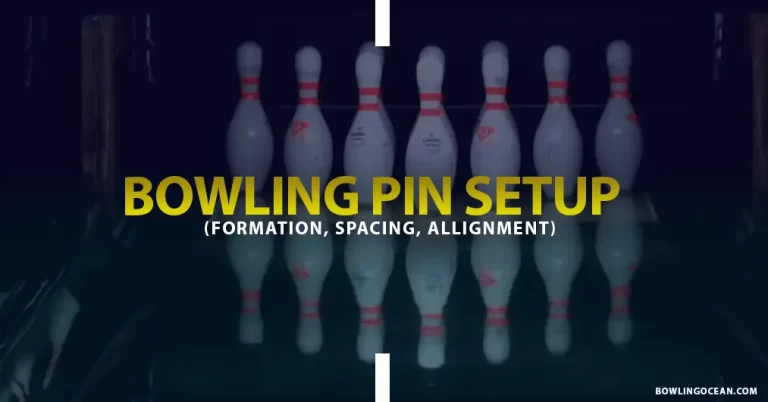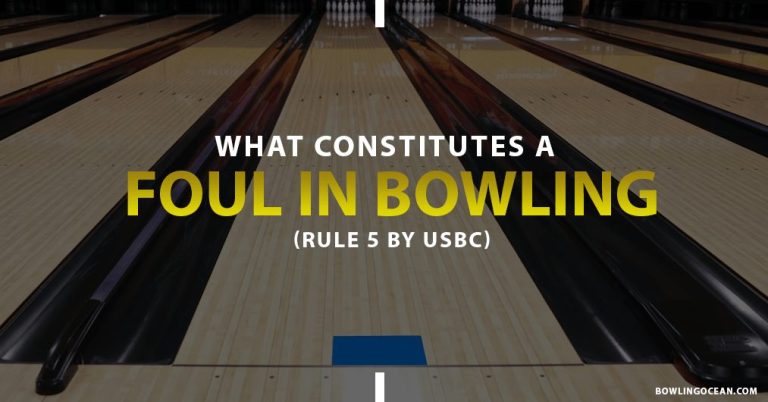Rule of 31 In Bowling – Does it Always Apply?
As an occasional player or a professional, you know that lane conditions play an important role in the ball’s movement. Although you possess a good skill set, the lane conditions greatly impact your skills in bowling. That means having good skills is only some of you need; you must also know how to read the lanes.
When it comes to knowing the lane rule of 31 in bowling is the basic one, especially when you plan to practice for a challenge. Learning this will help you to play better against the provided oil pattern on the lane. It will help you to target your shots after analyzing the oil pattern.
Let’s learn more about this rule, different oil patterns and how to play this rule to your advantage with basic calculations.
Understanding Rule Of 31 In Bowling
It is a widely accepted method of bowling worldwide. Players determine where to target their ball, analyzing the oil pattern down the lane, just like learning how to calculate bowling handicaps.
Bowling lanes are oiled before each game to protect the wood from damage and reduce friction levels. These oil patterns play a greater role in determining the speed and trajectory of the ball when it travels down the lane.
So, the rule of 31 suggests finding a breakpoint (the point on the lane where the ball starts to change direction toward the pocket). Bowler will subtract the number 31 from the oil pattern length; the answer will give the target for the ball.
Types of Oil Patterns in Bowling
The bowling alleys use various oiling patterns to induce game challenges, making it more interesting for the players. The most common one is the house pattern. Other than that, “sport pattern” and “challenge pattern” are known to be more challenging to navigate.
1. House Bowling Pattern
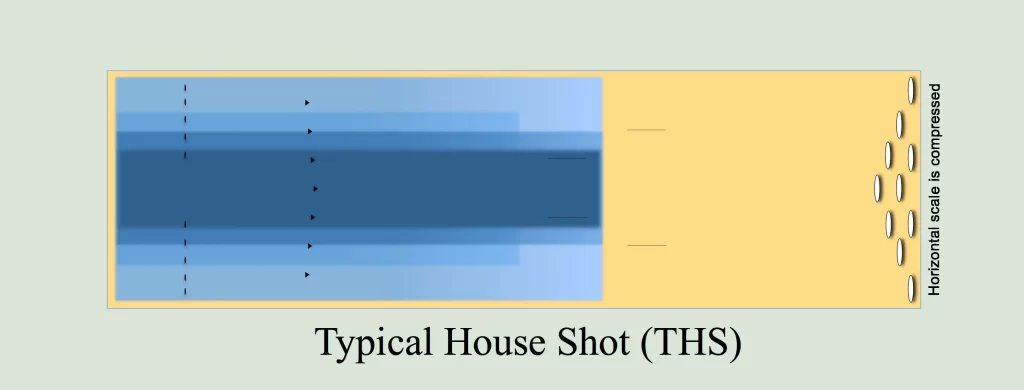
Usually, in most bowling places, the house pattern is the commonly used oil pattern. This oiling pattern works perfectly from the new player to the most skilled one. The main aim of utilizing this oiling pattern is to provide a fair and square chance to all the players.
2. Sport Pattern

Next is the sport Pattern, designed to be more demanding and replicate the conditions in professional bowling tournaments. Using this technique, it is made to ensure that the oil is distributed evenly on the lane, making it more precise to challenge the shots.
3. Challenge Pattern
The challenge pattern is used in bowling tournaments to enhance the competition down the lane and make the game more interesting. The oil patterns are changed for every round, requiring bowlers to study and adapt to the conditions readily. So, it is considered an accurate test to challenge the skills of pro players.
Typical House Shot Oil Pattern Length
Like what is 9 pin no tap in bowling, there are several technicalities that you must know about bowling. The length of the house shot oil pattern can vary according to the rules of different bowling alleys.
It usually ranges between 35 to 41 feet; the oil Is applied on the lane with the help of machines that regulate the amount and pattern of oil distribution. To learn to use Rule 31, you need to know the length of the intended oil pattern. Now, let’s move to the calculation part so you will know how it works.
Calculating the Rule of 31
Here, I have broken down the calculations in easy steps, so you can learn easily how to apply the rule.
- Identify Oil Pattern Length: First of all, you need to determine the length of the oil pattern of your bowling ball alley. The bowling alley’s management mentions or provides the oil pattern length.
- Subtract Number 31: Subtract the number 31 from the length of the oil pattern on the lane. For example, if the size of the oil pattern is 39, the simple calculation would be 39-31=8.
- Find Target Board Breakthrough: The result indicates the approximate board number from the right side, where you should aim your shot.
Using the Rule of 31 on House Oil Pattern
Rule 32 is very helpful if you are playing on the house oiling pattern; this pattern is the simplest and most forgiving. However, keep in mind that factors like ball friction and oil breakdown can change with the variation in the lane conditions.
Relation of Oil Pattern to the Rule of 31
Now, you must think about how oiling patterns can impact the rule of 31 in bowling. An oiling design will change the lane conditions, resulting in a change of ball rotation on the lane.
| Length of Oil Pattern | Relation to Rule 31 |
| Longer Pattern | Suggests target board further to the right |
| Compensating for extended skid before hooking | |
| Shorter Pattern | Suggests target board closer to the centre or left |
| Adjusting for reduced skid length and early hooking |
Wrap Up
Now you are well aware of the rule of 31 in bowling; the main aim of this technique is to provide you with a target board for aiming your ball. It is simple to know the length of the oiling pattern on the lane and subtract the number 31 from it; the answer will provide you with a target board number from the right side to aim. Learn the oil pattern and length on the lane to launch a more accurate shot and knock down all the pins.
Whether you are a fun bowler or a professional, take on bowling with the rule of 31!
FAQs

Ashley Ellison is a skilled writer and avid bowler. Her passion for storytelling and dedication to the sport have led her to participate in various national bowling leagues. With a unique combination of talents, Ashley approaches every challenge with creativity and a relentless drive to succeed.

